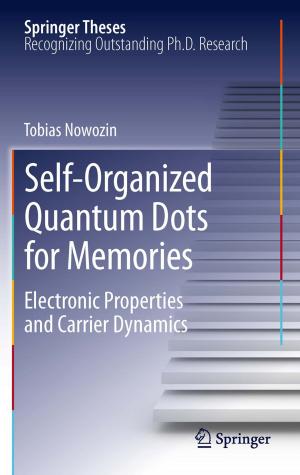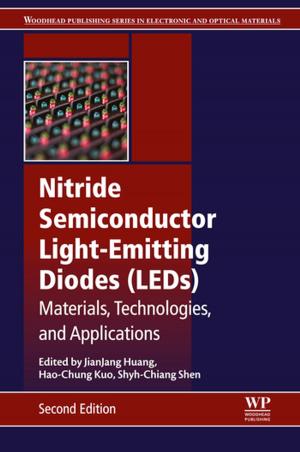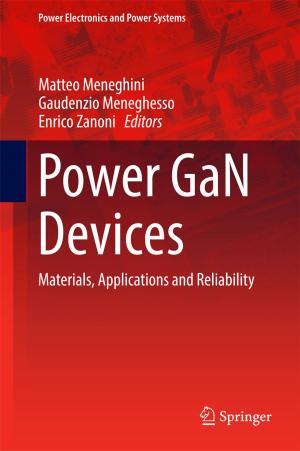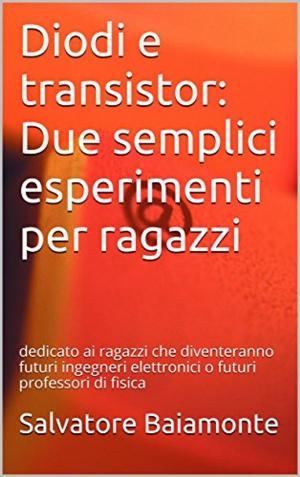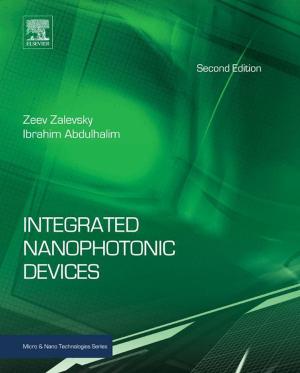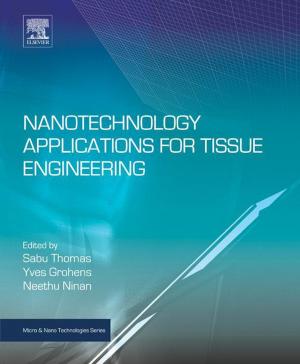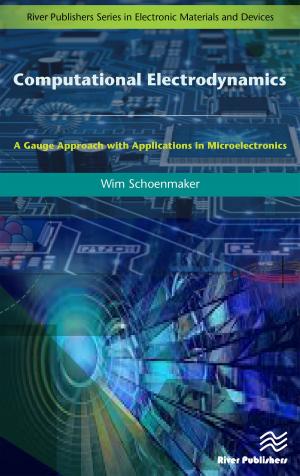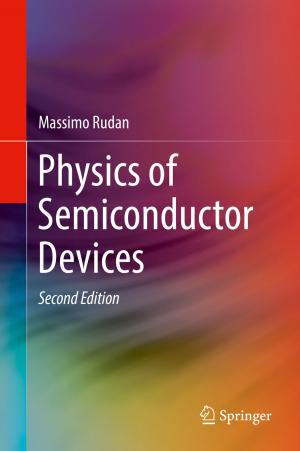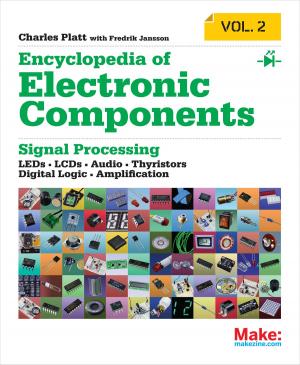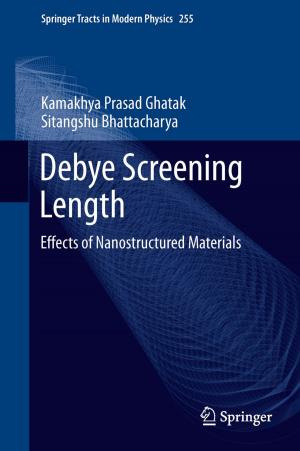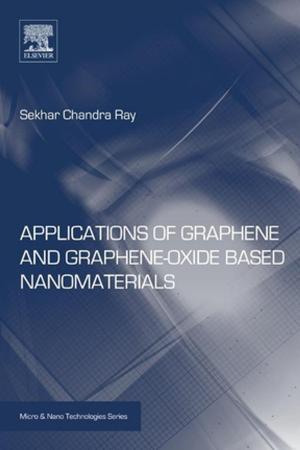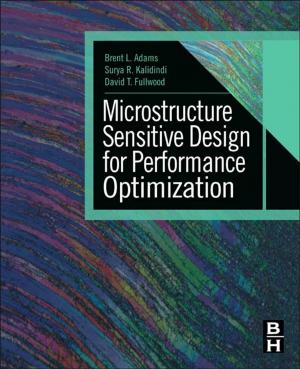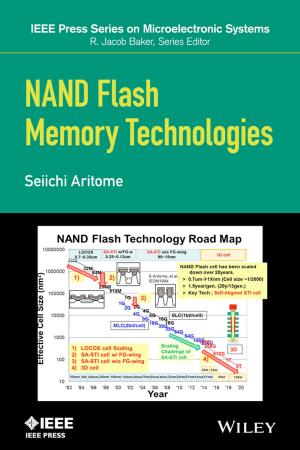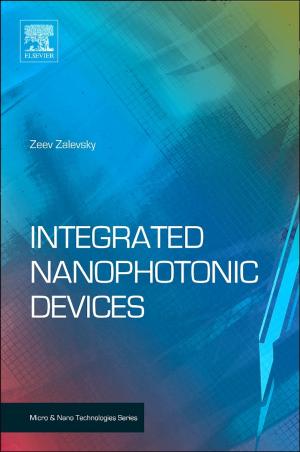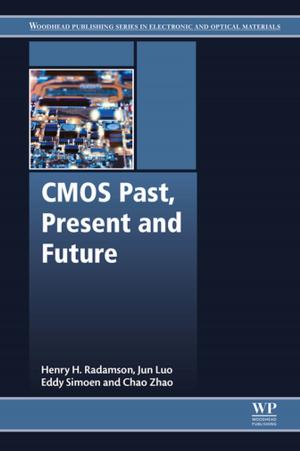Transconductance Thermal Noise Model For Mosfets
Nonfiction, Science & Nature, Technology, Electronics, Semiconductors| Author: | Mike Peralta | ISBN: | 9781476144047 |
| Publisher: | Mike Peralta | Publication: | June 19, 2012 |
| Imprint: | Smashwords Edition | Language: | English |
| Author: | Mike Peralta |
| ISBN: | 9781476144047 |
| Publisher: | Mike Peralta |
| Publication: | June 19, 2012 |
| Imprint: | Smashwords Edition |
| Language: | English |
ABSTRACT
Transconductance Thermal Noise Model For MOSFETs
Accurate expressions for MOSFET channel thermal noise in terms of transconductances are derived for long channel MOSFETs in both the strong and weak inversion regions. The transconductance form also allows us to formulate a thermal noise model which includes moderate inversion.
Part of the transconductance expressions being presented here, namely (8kT/3)(gm+gmbs+gds), have been in use before in SPICE simulators but (to our knowledge) its derivation has never been rigorously derived from the first principles of MOSFET theory. This derivation and others will be presented.
It will also be shown that the general form of the transconductance thermal noise model for long channels, derived for both the saturated and non-saturated (triode) regions, are accurate and equivalent to the inversion charge thermal noise model.
Finally, the thermal noise expression derived for long channel MOSFETs will be extended to cover the short channel case by treating velocity saturation. The excess thermal noise factor due to the higher electric fields in short channels is also included.
ABSTRACT
Transconductance Thermal Noise Model For MOSFETs
Accurate expressions for MOSFET channel thermal noise in terms of transconductances are derived for long channel MOSFETs in both the strong and weak inversion regions. The transconductance form also allows us to formulate a thermal noise model which includes moderate inversion.
Part of the transconductance expressions being presented here, namely (8kT/3)(gm+gmbs+gds), have been in use before in SPICE simulators but (to our knowledge) its derivation has never been rigorously derived from the first principles of MOSFET theory. This derivation and others will be presented.
It will also be shown that the general form of the transconductance thermal noise model for long channels, derived for both the saturated and non-saturated (triode) regions, are accurate and equivalent to the inversion charge thermal noise model.
Finally, the thermal noise expression derived for long channel MOSFETs will be extended to cover the short channel case by treating velocity saturation. The excess thermal noise factor due to the higher electric fields in short channels is also included.

